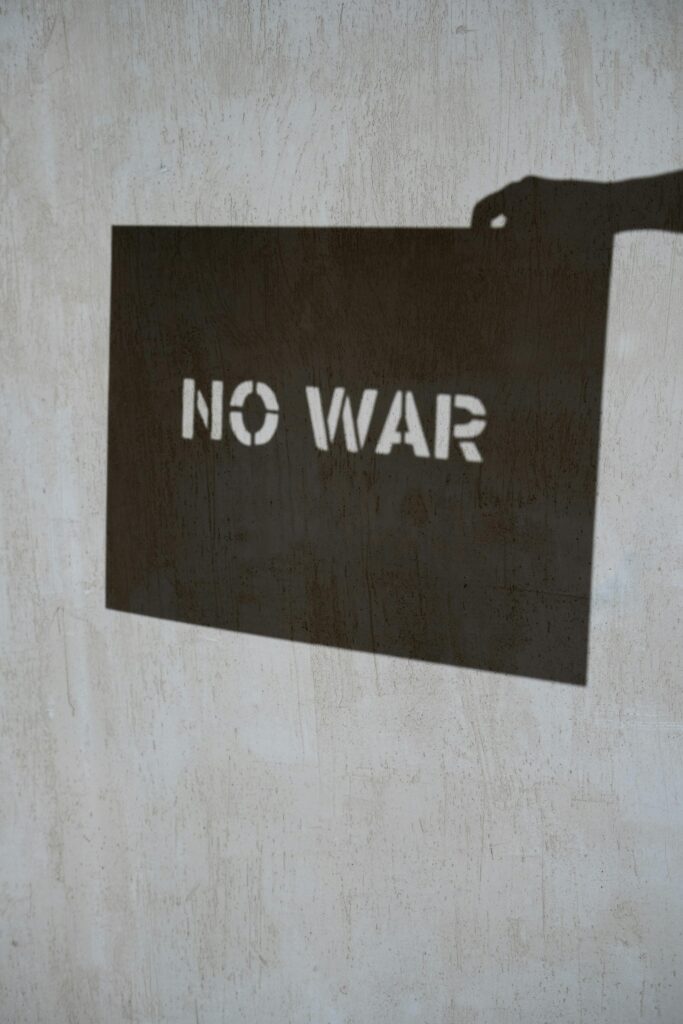- Politics
- Russia-Ukraine peace
- By Manohar Patil
Donald Trump and the Pursuit of Peace Between Russia and Ukraine
Donald Trump has consistently articulated a strong desire to bring an end to the conflict between Russia and Ukraine, frequently promising to resolve the situation quickly if given the opportunity. His approach to Russia-Ukraine peace has been characterized by a preference for direct negotiation and a belief in his unique ability to broker a deal, often contrasting sharply with established diplomatic norms.
Trump's Promise of a Swift Resolution
From the outset of the full-scale invasion, Trump has vowed to end the war, often stating he could achieve peace within “24 hours.” This bold claim underscores his confidence in his negotiating skills and his belief that a direct, high-level intervention is all that’s needed. He has repeatedly expressed a willingness to engage directly with both Russian President Vladimir Putin and Ukrainian President Volodymyr Zelenskyy, advocating for a meeting to hash out a resolution. This stance emphasizes his view that the conflict could be resolved through personal rapport and decisive action, bypassing what he might perceive as bureaucratic or slow-moving traditional diplomacy.
Proposed Approaches and Underlying Principles
While a detailed, publicly released peace plan from Donald Trump has been elusive, reports and statements offer insights into his likely framework. One recurring theme is the idea of freezing the frontlines, potentially acknowledging Russian control over territories already seized, including Crimea. This pragmatic, albeit controversial, approach suggests a focus on immediate cessation of hostilities even if it means territorial concessions. Furthermore, discussions have hinted at the idea of Ukraine forgoing NATO membership, a key demand of the Kremlin. Trump’s emphasis on ending the bloodshed quickly aligns with his “America First” philosophy, which often prioritizes reducing American involvement in foreign conflicts and costs. He has also expressed frustration with both sides at various times, urging them to come to the negotiating table.
Challenges and Criticisms
Despite his stated intentions, Trump’s vision for Russia-Ukraine peace faces significant challenges and criticisms. Ukraine has consistently rejected any proposals that would legitimize Russia’s territorial gains or compromise its sovereignty, viewing such terms as tantamount to surrender. President Zelenskyy has stated that Ukraine will not recognize Moscow’s control over Crimea or other occupied territories. Russia, for its part, has often presented maximalist demands, including a neutral Ukraine, the protection of Russian speakers’ rights, and the lifting of all sanctions imposed since 2014, which Ukraine finds unacceptable
Critics also highlight concerns that Trump’s direct, transactional style might alienate allies and undermine the broader international consensus on supporting Ukraine’s territorial integrity. His past remarks, which at times seemed to place blame on Ukraine for the conflict, have also drawn strong reactions. The complexity of the conflict, with deep-rooted historical grievances and a fundamental clash over national sovereignty, makes a quick resolution extremely difficult, irrespective of who is at the negotiating table.
In essence, Donald Trump’s stated commitment to achieving peace between Russia and Ukraine underscores a distinctive approach to international relations. While his proposals and willingness to engage directly offer a potential avenue for de-escalation, the fundamental disagreements between the warring parties and the broader geopolitical context present formidable obstacles to any swift or universally accepted resolution.
Share this Article
WhatsApp
LinkedIn
Telegram
Email
Get Daily Updates to Your Inbox
Subscribe to News Letter
Advertisement


